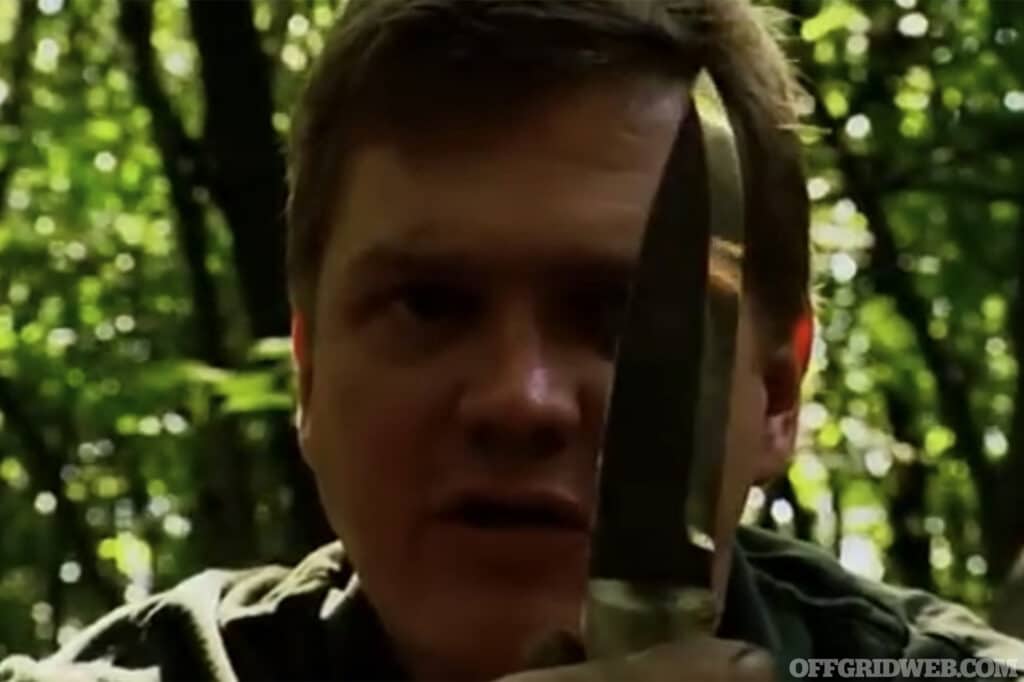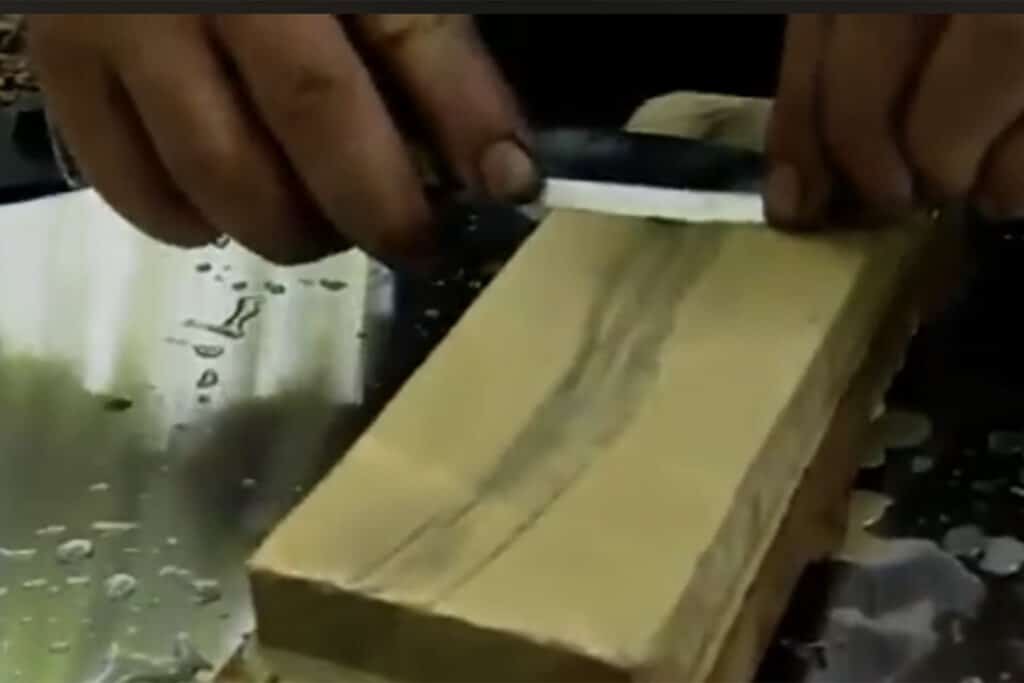RECOIL OFFGRID Preparation Mastering Knife Sharpening with Japanese Water Stones
In This Article
How many knives do you own? For most of us, the answer is quite a few, whether they’re found in the kitchen, bug-out bag, or on your person. Now, a more important question: can you sharpen them correctly without relying on an electric grinder or your local cutlery store? Keeping your knife sharp is essential for both safety and efficiency, whether you're at home or in an expedition base camp. In this guide, we'll use a technique taught by renowned bushcraft instructor Ray Mears to walk you through the process of knife sharpening with Japanese water stones to maintain your knife's edge.
This technique works especially well with a flat or scandi grind. If you are uncertain as to what grind your knife has, you can use our grind guide for reference. Although a blade with a secondary bevel can be sharpened using Japanese water stones, it requires a steadier hand, and a lot of practice. For sharpnening secondary bevels, most people find it easier to use a sharpener where they angle can be adjusted mechanically, like the Cold Steel Benchtop Sharpener found in this article. But for flat and scandi grinds, you can follow along with Ray Mears to ensure your knife stays in top condition.

Above: Ray Mears shows off the mirrored polish on a freshly sharpened blade.
Step 1 – Soak the Stones:

Step 2 – Prepare the Stones:
– Coarsest Stone (800 grit): Start with this stone to shape the edge.
– Medium Stone (1200 grit): Use this to refine the edge.
– Fine Stone (6000 grit): This stone polishes the blade for a razor-sharp finish.
Step 3 – Sharpen the Knife:
– Keep the stone wet during use.
– Lay the knife flat on the stone and tilt it until the edge bevel is flat against the surface.
– Slice across the stone, maintaining the bevel flat, for about 8 strokes in one direction.
– Turn the blade over and repeat the process in the opposite direction.
– Finish with 8 alternating strokes to ensure an even edge.
Step 4 – Special Attention to the Main Carving Edge:
Step 5 – Repeat with the 1200 Grit Stone:
Step 6 – Finish with the 6000 Grit Stone:
Step 7 – Polishing:
Step 8 – Final Touches:
– Use the inside of a belt, or a dedicated strop to strop the edge, removing any microscopic burrs. Drag the knife with the edge facing away from the belt, giving it 50 strokes.
– For an extra sharp edge, lightly run the blade across a ceramic rod or even the edge of a vehicle window about 10 times.

Above: The black streak running through the slurry of the 6000 grit Japanese whet stone is actually metal particles being removed from the blade.
If you’re not 100% sure about your knife sharpening technique, do yourself a favor and watch this video from bushcraft expert Ray Mears. He goes over the basics of using a whetstone, a strop, and even the edge of a car window to get a blade perfectly sharp.
Above: Watch the knife sharpening demo Ray Mears gives utilizing Japanese water stones.
By following these steps, you can maintain your knife in the best condition possible, ensuring it's always ready for use.
Subscribe to Recoil Offgrid's free newsletter for regular updates on more content like this.
 STAY SAFE: Download a Free copy of the OFFGRID Outbreak Issue
STAY SAFE: Download a Free copy of the OFFGRID Outbreak Issue
No Comments